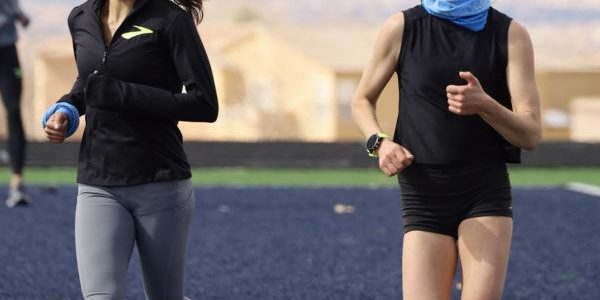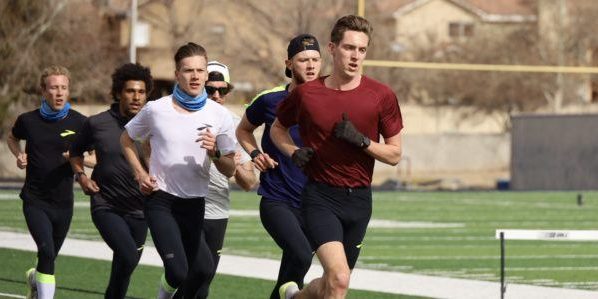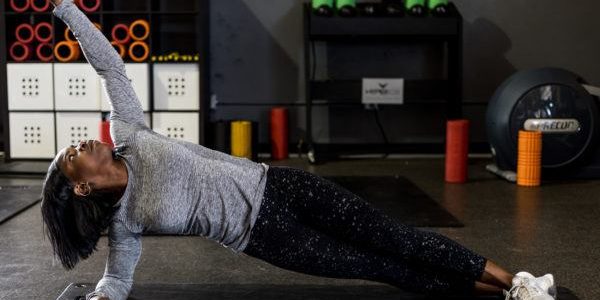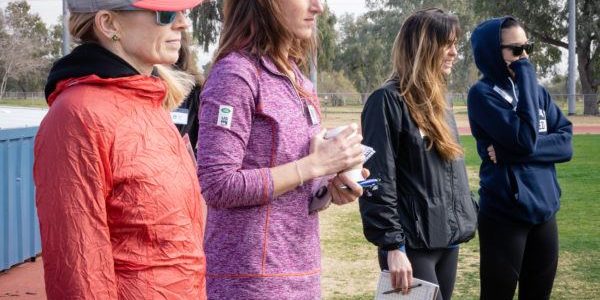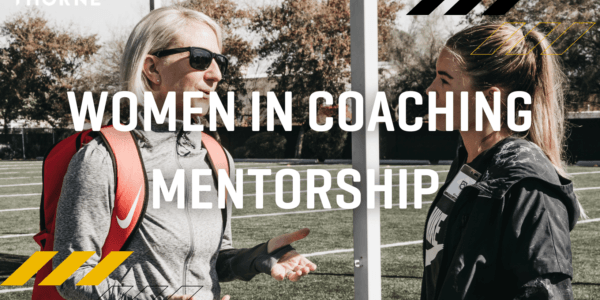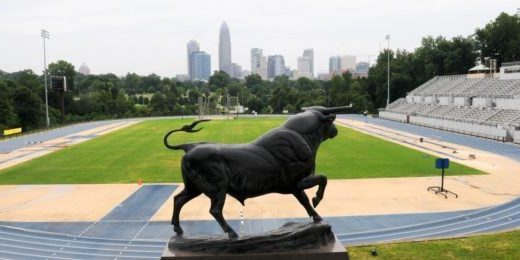ALTIS
ALTIS is an elite training environment for athletes, and a global leader of education in sport performance.
Our Team has grown! – Meet Aasha and Tameka
As you may have heard back in June, we are making some exciting changes, and moving our center of operations to Atlanta, Georgia - but that’s not all! . We have recently added two amazing women to our staff. Meet Aasha and Tameka! Aasha Marler Media and Marketing Manager Aasha Marler has joined the team as our Media and Marketing Manager. Aasha...
Technical Exploration – The Horizontal Jump Approach
THE TRANSITION PHASE The final four steps of the approach comprise the transition phase. Purposes of the Transition Phase The transition phase of the horizontal jump approach has three purposes. They are: PreservationFacilitating the Steering ProcessAllowing Preparation and Positioning of the Body for Preparation and Takeoff Preservation While, the penultimate and takeoff steps in the horizontal jumps show subtle deviations...
ENERGETIC DEMANDS OF MIDDLE DISTANCE / LONG DISTANCE
How does a knowledge of the energy systems help us understand performance in middle and long-distance events? Up until now, we have considered the energy systems in isolation, but during a race they operate in a coordinated manner to supply the energy required. As race distance increases, fuel stores deplete and waste products build-up, these can slow the rate of...
The Rules of Good Running
When you watch an athlete run, where do your eyes go?What are you looking for?Do you have a consistent pattern of analysis?Where do you stand? What plane do you observe most? Where do you start looking? The feet, the hips, the shoulders? What are you most comfortable watching? One part of our system of observation includes the identification of the non-negotiable shapes and...
The Rules of Good Running: Rule #4 – Flexed Ankles
As the first point of contact between the body and the ground, the importance of the feet and ankles cannot be overstated, and we will, therefore, spend some time going over this rule in more detail. Perhaps the easiest way to envision the importance of flexed ankles is to ask how effective you would be at squatting 1.5-2.5x your body...
Structural Integrity / Tolerance
'Structural integrity' refers to the synergistic capacity of musculoskeletal (MSK) chains to operate in balance for effective force transfer and movement efficiency. 'Structural tolerance' refers to the capacity of tendons, ligaments and joints to withstand a progressive increase in physical training and muscle work. It is the ability of these tissues to resist fatigue and injury. This capacity is essential...
Celebrating International Women’s Day
ALTIS have teamed up with The Female Coaching Network (FCN) for this year's International Women's Day (IWD), to celebrate the community of female Track & Field coaches around the globe. Female coaches in Track & Field are under-represented, particularly at the elite end of the sport. During the World Athletics Championships in 2019, less than 2% of all competing athletes had...
Inaugural Women in Coaching Mentorship kicks off
We care deeply about supporting female coaches, and have been disappointed by the pace of change in the support being made available to women in coaching. Yes, there have been some monumental improvements in the last 30-40 years - but they are far and few between. A recent study ‘Achieving Gender Equity in High Performance Athletics Coaching in the U.K’ shared...
ALTIS Foundation Scholarship Award
Phoenix, AZ, February 5, 2021 – ALTIS, and the ALTIS Foundation, are proud to announce the inaugural recipient of the ALTIS Foundation Scholarship Award - The Track and Field Program at Johnson C. Smith University (JCSU), located in Charlotte, North Carolina. In keeping with the Foundation’s terms, the $50,000 grant will be distributed in four annual installments of $12,500, through...
Unique Abilities
An athlete’s unique abilities are those factors that co-exist and interact to form the athlete’s ‘authentic movement solution’. There are both internal and external factors that make coaching each athlete unique. Their structure, their force-producing abilities, their coordination, and their current technical understanding of the task at hand means that movement solutions are individual. Their relative levels of neuromuscular and cardiovascular...



